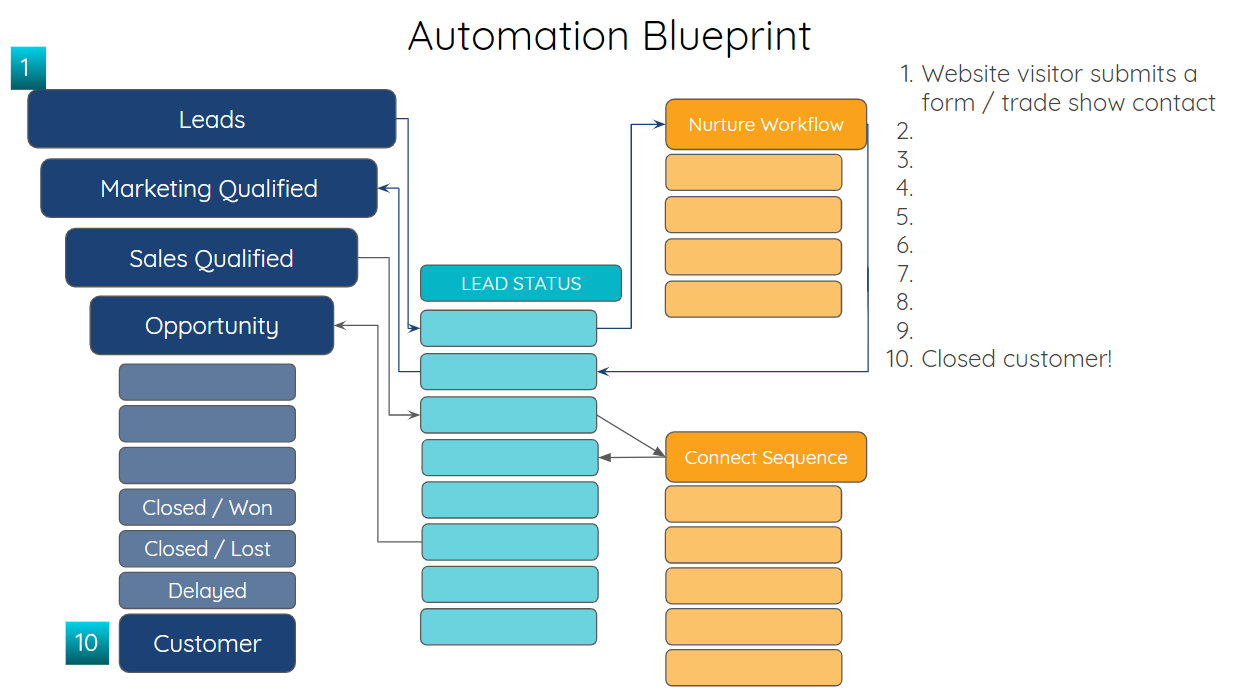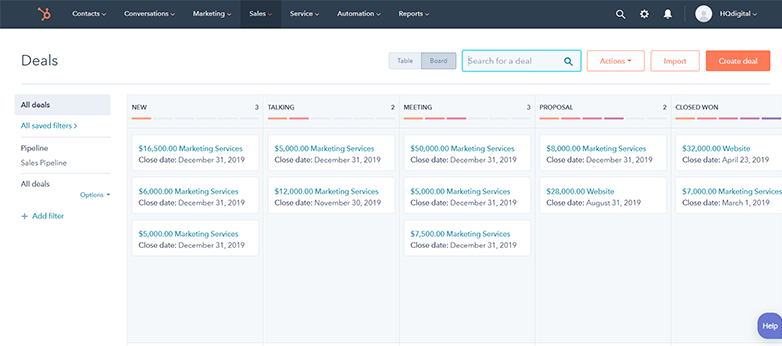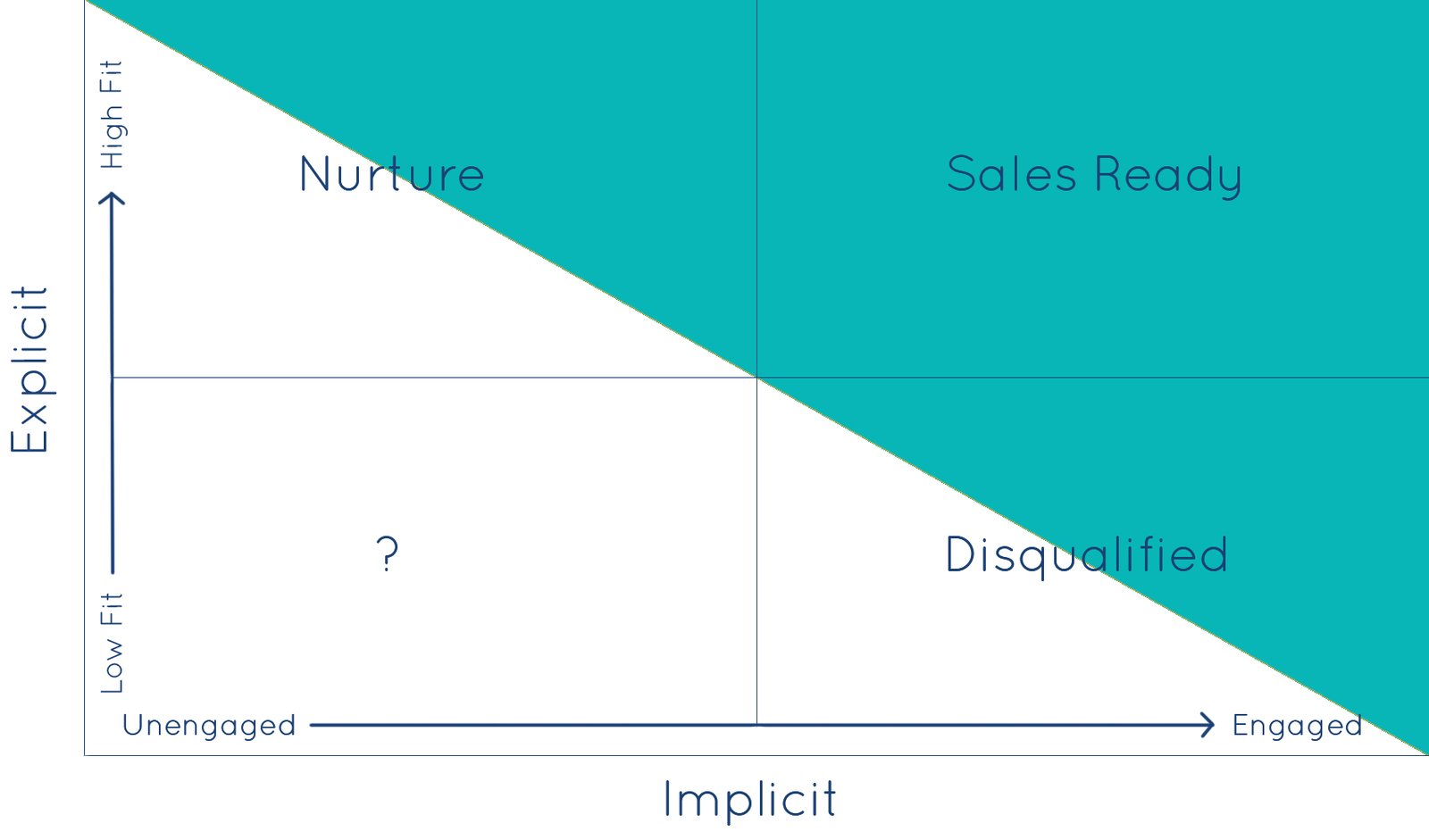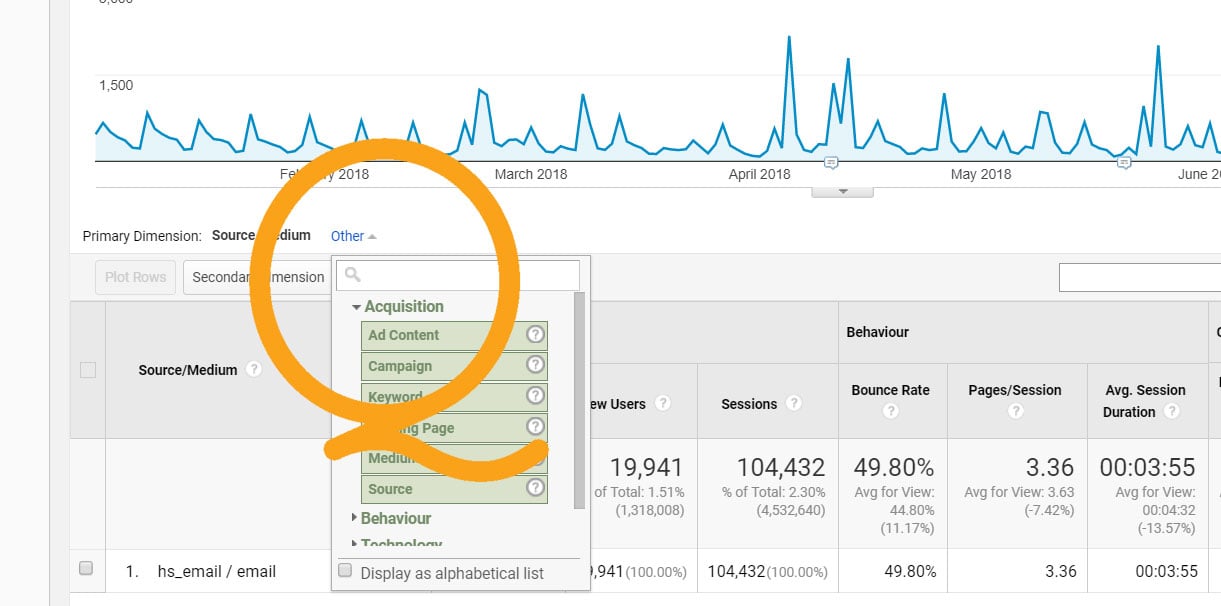
AI is no longer a buzzword. It's a necessity.
As marketing and sales professionals are increasingly tasked with doing more with fewer resources, Artificial intelligence is becoming an indispensable asset. Marketing and sales teams everywhere are using AI to revolutionize both processes and outcomes.
HubSpot has integrated AI deeply into its platform to help teams save time, create better content, personalize outreach, and close deals faster.
In this post, we’ll explore HubSpot’s AI tools, how marketing and sales teams are using them, and the outcomes you can expect. Whether you’re already a HubSpot user or considering adopting the platform, understanding its AI capabilities gives your organization a serious competitive advantage.
What is HubSpot AI?
HubSpot's AI tools are built into almost every feature of its software, including the CRM, marketing hub, sales hub, and CMS. HubSpot AI tools provide improve productivity and outcomes across the customer lifecycle.
HubSpot's AI includes:
1. AI Content Assistant
HubSpot Content Assistant is a generative AI feature helps teams create marketing copy, sales emails, blog posts, social media captions, and more. It’s integrated across your HubSpot instance, allowing your team to create and edit content directly in landing pages, emails, website pages, and social posts.
2. ChatSpot
ChatSpot is HubSpot’s AI-powered chat assistant, combining natural language processing with CRM data. Ask ChatSpot to create reports, summarize contact records, draft emails, and even generate blog post outlines, all with simple prompts and little-to-no technical knowledge required.
3. AI-Powered Reporting
HubSpot enables users to build reports by simply typing what they need into a natural language prompt. Use HubSpot AI to create dashboards or reports for critical marketing and sales metrics like deal stages, campaign performance, website engagement, and more.
4. AI Image Generation and SEO Optimization
HubSpot offers AI-powered image generation, meta descriptions, title suggestions, and even topic clustering within its Content Hub. These AI tools empower marketers to optimize content for search engines more quickly and effectively with far less manual effort.
5. Conversational AI for Chatbots
HubSpot’s chatbot builder now includes more intelligent routing, smarter responses, and contextual follow-ups, all powered by AI. Bots can answer FAQs, qualify leads, or book meetings, creating a better experience for leads and customers.
How Marketing Teams Use HubSpot AI
HubSpot’s AI toolkit is a game-changer for marketing teams tasked with producing great content, improving key growth metrics, and optimizing customer journeys. Here are some of the most effective use cases we've seen.
1. Content Creation at Scale
Using the AI Content Assistant, marketers brainstorm blog ideas, draft initial copy, and generate CTA copy, all conveniently inside your HubSpot portal. This is especially powerful for small teams or agencies juggling multiple campaigns and deadlines.
Pro Tip: A content marketer can enter a prompt like “please write an email promoting our attendance at an upcoming trade show" and the assistant will deliver usable content in seconds.
2. SEO Strategy and Optimization
AI-generated meta descriptions, title tags, and content summaries help improve on-page SEO without the need for expensive external tools. HubSpot also suggests keywords and internal linking strategies based on AI analysis of your existing content.
Pro Tip: When publishing a blog post, HubSpot can suggest a compelling title that is optimized for both readability and SEO performance.
3. Personalized Email Campaigns
With predictive lead scoring and content AI, marketers segment lists more intelligently and personalize email content to different buyer personas. You can even use AI to suggest subject lines that are more likely to increase open rates.
Pro Tip: A lifecycle marketing manager can automatically target contacts who are highly likely to convert, sending tailored messages created with the AI writing tool.
4. Campaign Reporting and Analysis
Instead of manually building reports from scratch, marketers can ask HubSpot AI tools to create campaign performance summaries. For example, use the prompt, “Show me the conversion rate from our June webinar landing page,” and HubSpot's AI will generate an insightful, data-driven report instantly.
How Sales Teams Use HubSpot AI
For sales teams, time is money. HubSpot’s AI tools are designed to eliminate friction, reduce manual data entry, and improve outreach quality.
1. Faster Prospecting with Predictive Lead Scoring
Rather than guessing which leads are worth following up on, sales reps now rely on AI-powered lead scoring to surface the most sales-ready contacts. These scores are based on historical conversion patterns and engagement signals like email opens and website visits.
Pro Tip: Sales reps can see their prioritized daily call list sorted by AI lead score, allowing them to focus on your hottest leads.
2. Email Personalization and Follow-Ups
Sales teams use the AI Content Assistant to draft emails, quotes, and proposals in seconds. AI-generated copy is easily edited and can be personalized with your CRM data, ensuring high engagement without a ton of manual effort.
Pro Tip: Sales reps who use HubSpot AI to write demo follow-up emails save approximately 10 minutes per lead.
3. CRM Navigation and Updates with ChatSpot
Instead of clicking through tabs, reps can instantly ask ChatSpot things like “Show me all deals closing this quarter” or “Add a note to Jane Doe’s contact record,” all from the main HubSpot panel. This saves reps time and keeps the CRM cleaner and fresher.
4. Better Meeting Scheduling with Conversational AI
Sales teams use AI chatbots to pre-qualify website leads and route high-intent visitors to book meetings directly on a rep’s calendar. These AI bots improve conversion rates and reduce friction in the handoff from marketing to sales.
What Results to Expect with HubSpot AI
HubSpot’s AI tools are built to create measurable improvements across your marketing and sales functions. Here’s what businesses typically see after adopting AI features:
📈 Faster Content Production
Marketing teams report reducing content creation time, thanks to AI-assisted writing and automation of SEO tasks. We've seen improvements of 30-40% in content production time.
🎯 Improved Lead Quality
With predictive scoring and segmentation, sales reps can focus on better leads—leading to up to higher conversion rates.
📊 Increased Campaign Performance
AI-optimized subject lines, CTAs, and audience targeting lead to stronger performance on email and ad campaigns, including higher open and click-through rates.
🕒 More Time for Strategy
AI handles repetitive tasks, so human teams spend less time on manual data entry and more time optimizing strategy, testing campaigns, and engaging with prospects.
🤖 Faster CRM Adoption
With tools like ChatSpot simplifying navigation, more teams adopt and use HubSpot’s CRM features—resulting in cleaner data and better forecasting.
Start Doing More with HubSpot AI
If you’re already using HubSpot, you’re likely sitting on a treasure trove of underused AI features. And if you’re evaluating platforms, HubSpot’s native AI tools make it one of the most valuable solutions for growing organizations.
By integrating AI into its CRM, marketing automation, content creation, and sales enablement features, HubSpot allows businesses to accelerate results quickly. The key is to start small. Experiment with a few tools, track results, and scale up from there.
Whether you’re looking to generate better leads, write higher-performing content, or close more deals, HubSpot’s AI tools are designed to support you every step of the way.








